
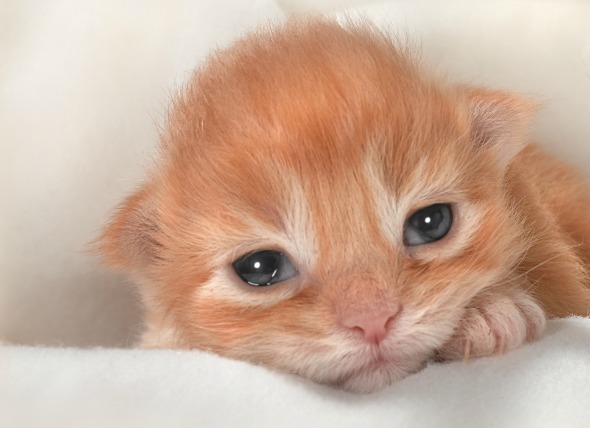
One of the infections that can affect a newborn kitten is infection of the conjunctiva, the mucous membrane that lines the inner surface of the eyelids and the eyeball, or of the cornea, the transparent front surface coating of the eyeball. The infection will typically take place after the top and bottom eyelids separate and open, at about 10 to 14 days of age.
Often the source of the infection is from infectious vaginal discharge that is transmitted at birth, but an unhygienic environment can also cause infection in newborns. Staphylococcus spp. bacteria, or Streptococcus spp. bacteria are usually responsible for eye infections in kittens. The herpes virus is also a common cause of eye infection in kittens. If left untreated, infections of this nature can lead to permanent blindness.
Your veterinarian will perform a complete physical exam on the affected newborn(s). You will need to provide a complete medical history of the pregnancy and birth, as well as a background medical history of the queen that has given birth. If your adult cat has had any infections that you are aware of, you will need to share information of the symptoms and the time they began with your veterinarian. Even if there has not been any indication of infection in the mother, if the symptoms the newborn is presenting appear to be the type of infection that is transmitted through the birth canal, your veterinarian will need to take a culture of vaginal discharge from the mother cat.
A culture of the eye discharge will also need to be taken for testing, and in order to fully examine the eye for possible trauma or lesions, your doctor will also stain the cornea (the coating of the eye) with fluorescein, a fluorescent yellow-orange dye that illuminates the corneal surface, making even minute scratches and foreign objects visible under light.
Your veterinarian may also order a chemical blood profile, a complete blood count, a urinalysis, and an electrolyte panel, in case the newborn has an underlying systemic disease that also needs to be treated.
Your veterinarian will separate the kitten's eyelids by moistening them and pulling them gently apart. Once the eyes have been opened, your veterinarian will be able to wash the eye and the eyelids to get the infected cellular matter out. To prevent the eyelids from sticking together again, warm compresses will be applied, and will be recommended for home treatment as well. Your veterinarian will also prescribe a topical antibiotic ointment to be applied to the eye.
Apply warm (not hot) compresses to the kitten's eyes after returning home, to prevent the eyelids from sticking together again, and follow through with the full course of the prescribed antibiotic medication. If it appears that the infection is limited to only one or a couple of the kittens in the litter, you will still need to be watchful for signs of eye infection in litter-mates, even if they do appear healthy, so that you can act quickly if symptoms appear.
Some bacterial infections of the eye are highly contagious, and you will want to keep the uninfected newborns from contracting the infection. Have your veterinarian advise you on whether you will need to isolate the infected, or uninfected, newborns from each other (do not isolate unless it is necessary, since it is important for the social and physical development of the newborn kitten to be close to its mother and litter-mates). Be sure to keep the areas in which the mother and newborns sleep and eat clean and hygienic, and wash the mother's nipples using only warm water -- no soap, as soap can lead to cracking and bleeding of the nipples -- or as your veterinarian advises.
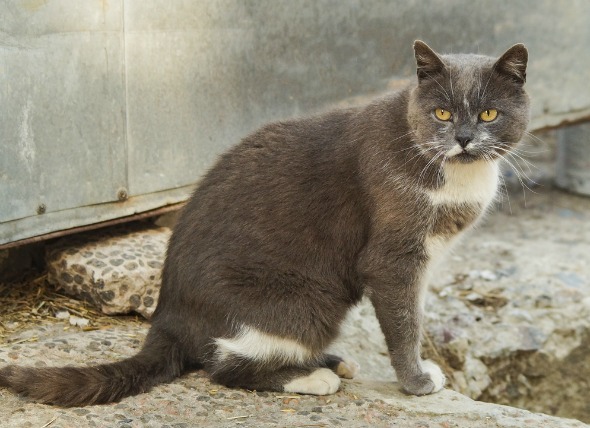 Fluid in Chest (Pleural Effusion) in Cats
Pleural Effusion in Cats
Pleural effusion is the
Fluid in Chest (Pleural Effusion) in Cats
Pleural Effusion in Cats
Pleural effusion is the
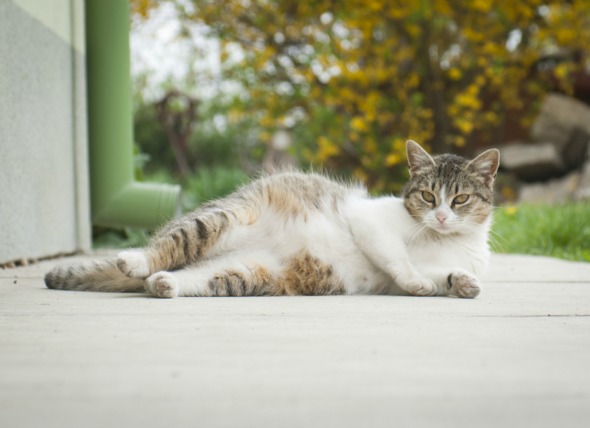 Miscarriage in Cats
Spontaneous Abortion, Pregnancy Loss in Cats
It i
Miscarriage in Cats
Spontaneous Abortion, Pregnancy Loss in Cats
It i
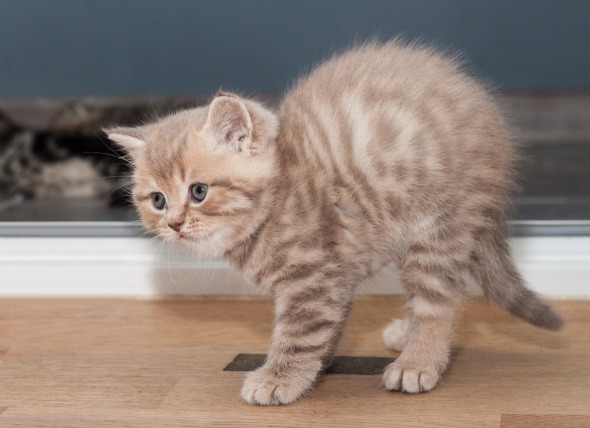 Spinal and Vertebral Birth Defects in Cats
Congenital Spinal and Vertebral Malformations in Cats
&n
Spinal and Vertebral Birth Defects in Cats
Congenital Spinal and Vertebral Malformations in Cats
&n
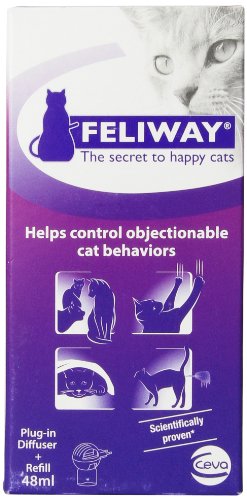 Feliway Review: Useful Tool Or Scam?
Feliway Spray and Diffuser
Feliway Review: Useful Tool Or Scam?
Feliway Spray and Diffuser
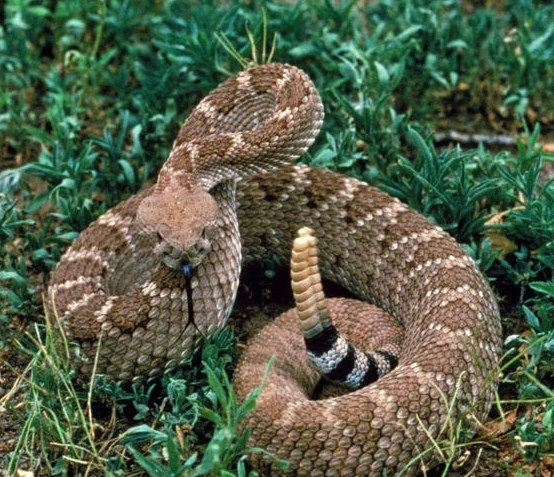 Pit Viper Bite Poisoning in Cats
Pit Viper Snake Venom Toxicosis in Cats
Pit vipe
Pit Viper Bite Poisoning in Cats
Pit Viper Snake Venom Toxicosis in Cats
Pit vipe
Copyright © 2005-2016 Pet Information All Rights Reserved
Contact us: www162date@outlook.com